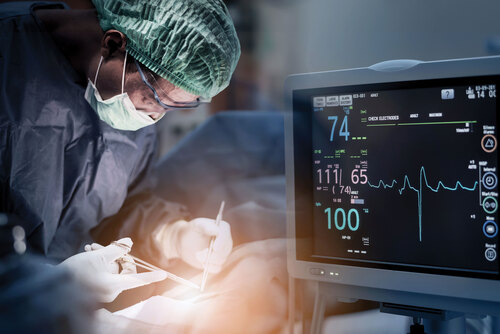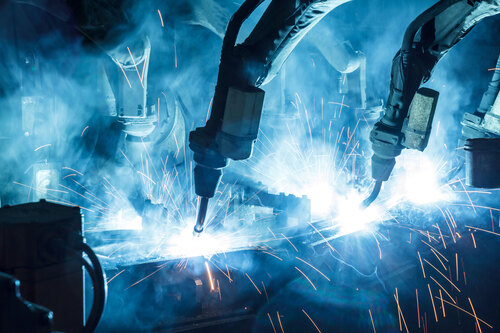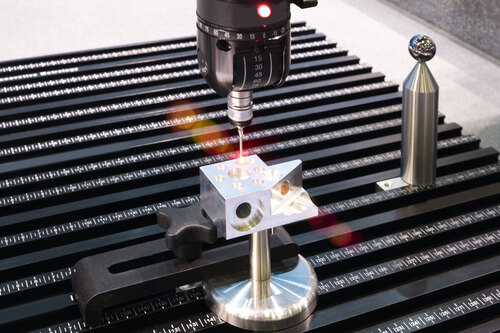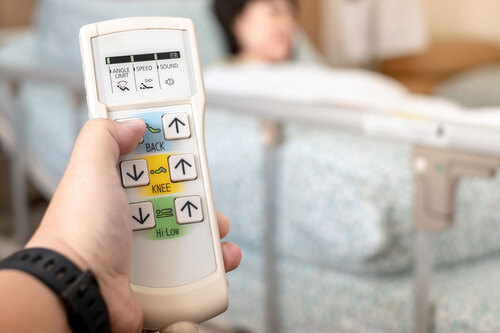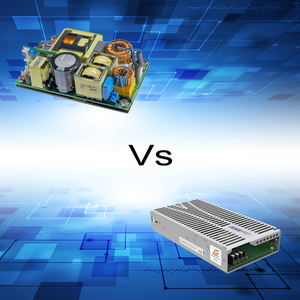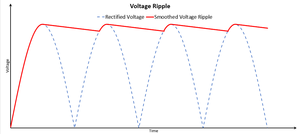
Published: 22 November 2022
Depending on the application voltage ripple is often a key factor when designing a system and selecting a power supply, however minimising the output voltage ripple value has advantages whether or not you are working with sensitive electronics.
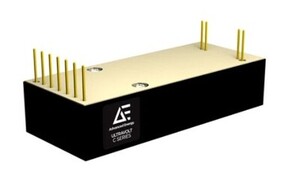
Published: 15 November 2022
Why use high voltage?
High voltage transmission is often thought of when thinking of high voltage applications, however there are many applications that require a high voltage power source to be able to operate at all.
The primary use of high voltage outside of transmission is in the industrial, scientific, medical and imaging fields.
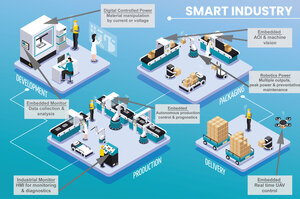
Published: 21 October 2022
Automation has found application in a huge range of industries, it is often taken for granted as it has become a standard feature and in our day to day lives. Within the manufacturing industry it has been applied for a long time but it is constantly evolving...
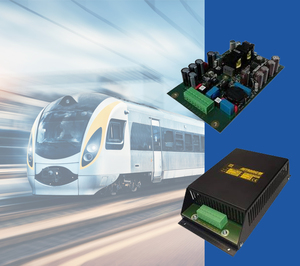
Published: 5 October 2022
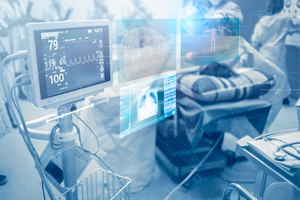
Published: 21 June 2022
What you need to take into account when choosing your next medical power supply, it's not just the safety approvals.

Published: 13 June 2022
In this blog we look at the different types of power supplies and identify why linear power supplies are the best option for medical applications.
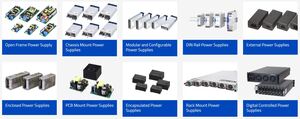
Published: 9 June 2022
The purpose of the power supply is to convert the power from the DC or AC mains (110 V in North America, 220-240 V in most of Europe) to the DC voltage level required by the equipment.

Published: 24 May 2022
In any hospital or medical setting, it is essential that power supplies are reliable and safe. A power outage or malfunction can be dangerous for both patients and operators. In this blog post, we will discuss the importance of power supplies for medical use, and some of the safety features that could occur if you don't choose a medical approved power supply.
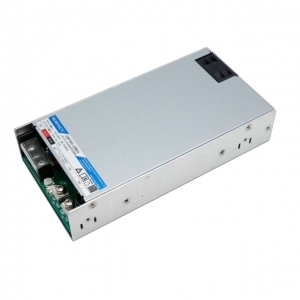
Published: 8 April 2022
The main difference between a switch mode power supply and a linear power supply is that the former uses switches to control the flow of energy, while the latter uses resistors to control the voltage output. This means that switch mode power supplies are more efficient than regulated power supplies, as the resistors in the linear regulator dissipate the extra energy in the form of heat. However, switched mode power supplies generate noise due to the high-speed switching process, so it's important to choose the right type of power supply for your application.

Published: 6 December 2021
Renewable energy is defined as energy that is derived from renewable resources that are renewed naturally on a human timescale and may be harvested. It encompasses a variety of energy sources such as solar, wind, tides, waves, and geothermal etc. To cover requirements of renewable energy, the IEA predicts that renewable energy will account for over 30% of global power generation by 2030, with solar PV accounting for 10%. Over 50% (solar PV: 20%) by 2040, and over 80% (solar PV: 60%) by the end of this century.
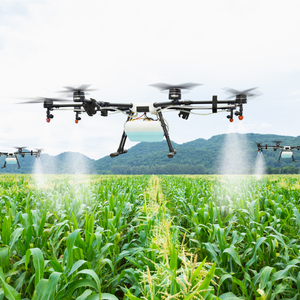
Published: 13 May 2021
Industry commentators point to the 2020s as being the decade for Industry 4.0 to really take hold. In multiple sectors of the economy, large strides in technology are changing the way businesses operate and how we live: moving towards an Internet of Things approach where Machine-to-Machine communication facilitates complex and reactive pipelines.
This “fourth Industrial revolution” is taking its hold in the agricultural sector too: with one tool driving this change and providing a generational leap in farming efficiency for those with the foresight to buy in: the industrial unmanned aerial vehicle (UAV)… or more commonly known as the drone.
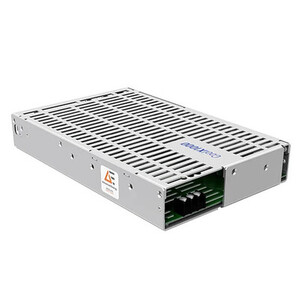
Published: 13 May 2021
Medical devices (patient contact devices) need to have means of patient protection (MOPP). For a 1xMOOP, power components must have an isolation of 3000Vac, a creepage of 4mm and basic insulation. If the system requires a 2xMOPP, this is the most stringent standard so far: with an isolation of 4000Vac, a creepage of 8mm and double insulation. It is a 2xMOPP compliance that provides the highest level of safety in a medical device.
If you’re opting for an AC/DC power supply that adheres to only 1xMOPP, introducing a DC/DC converter meeting 1xMOPP can help you gain two means of patient protection. However, most system designers in the medical industry prefer to ensure that all power components reach the necessary standards instead of ‘doubling up’ to increase safety.
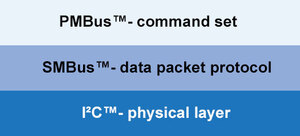
Published: 6 April 2021
Most standard power supplies are controlled by analogue signals from passive components. Even the most sophisticated power systems have an extremely limited pathway for configuring and monitoring crucial parameters like fault data and adjusting output voltage.
But as the industry has developed greater need for power systems with greater accuracy and precision control in key adjustable operating parameters, many system designers have turned to digital controlled power supplies for on-the-fly monitoring and management of their crucial power systems.
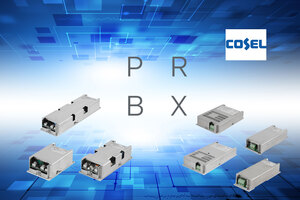
Published: 25 March 2021
Whilst standard industry-grade power supplies are great for commercial and industrial workloads, when it comes to defence appliances, there exists a whole host of different requirements to meet the standards for use in the military.
Defence applications are one of the most demanding scenarios for power appliances, combining the high DC output needed to drive complex machinery with extreme endurance and ruggedisation to increase the safety and longevity of devices.
